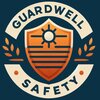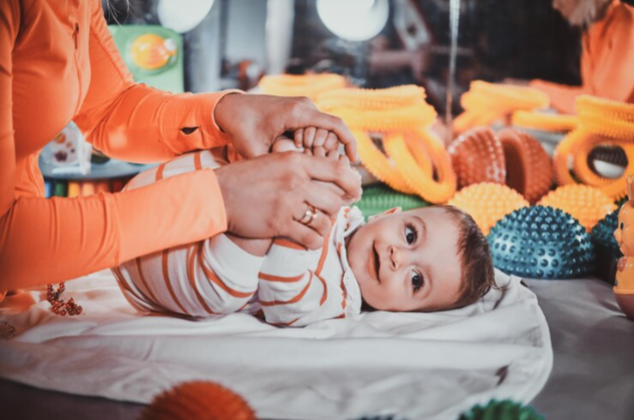Infant accident prevention is vital for parents, caregivers, and doctors. Infants must be protected from risks by recognizing and preventing baby safety. This comprehensive booklet will address preventing accidents, including identifying common hazards, securing the workplace, and providing safety advice and resources.
Recognizing Typical Risks
Infants are naturally inquisitive and frequently oblivious to the risks around them. They run the risk of experiencing a variety of mishaps as they develop and start to investigate their surroundings. Typical risks consist of:
Falls: Babies run the risk of falling from furniture, stairs, and open windows once they begin to roll over, crawl, and walk.
- Small things, loose bedding, and some meals can cause choking.
- Babies can drown in a few inches of water in bathtubs, buckets, and toilets.
- The consumption of pharmaceuticals, household cleaners, and certain plants can cause poisoning.
- Severe burns can come from hot surfaces, liquids, and fire.
Securing the Environment for Baby Safety
Avoiding accidents requires baby safety. These strategies are crucial:
Safeguard Furniture: Use furniture straps to prevent heavy items from falling.
Place safety gates at the top and bottom of staircases and in doorways to dangerous rooms.
Window guards or stops prevent windows from opening more than a few inches.
Safe Sleeping: Secure the infant’s cot with a firm mattress, fitted sheets, and no soft toys or loose bedding.
Store medicines, cleaning supplies, and other dangerous items out of reach or locked away.
Watch infants, especially when bathing or near water.
Safety Advice for Typical Risks of Falls:
Keep infants away from stairs and hazardous areas by using playpens or baby gates.
A baby should never be left alone on a high surface, such as a changing table or bed.
Keep tiny items, plastic bags, and balloons out of reach to prevent choking and asphyxia.
While feeding, watch over babies and cut food into little, manageable bits.
drowning: Never, not even for a little period of time, leave a newborn alone in the bathtub.
After using a bucket, bathtub, or other container, empty it right away.
To prevent poisoning, keep medicines and chemicals in high cabinets secured with a childproof lock.
Recognize which houseplants are hazardous and keep them out of reach.
Burns: To avoid scalding, set the temperature of your water heater to a safe level.
Pots and pans should not be placed on the edges of counters or tables when they are hot.
Instruction and Materials
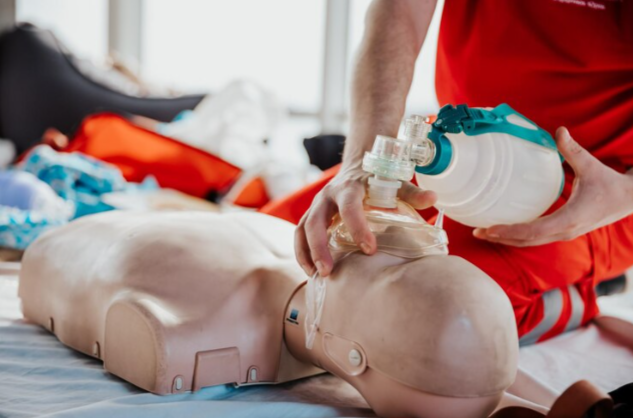
It’s important to educate yourself and other people who look after your child. Take newborn baby safety training, educate yourself on infant CPR and first aid, and ensure that all members of your family are familiar with the fundamentals of baby safety. Keep emergency numbers close at hand and think about enrolling in a pediatric first aid course.
Update Safety Measures Frequently
Your infant will experience both new pleasures and possible risks as they grow and hit new developmental milestones. For example, crawling allows you to explore a whole new world but also raises the possibility of coming across hazardous objects or locations. There are additional risks associated with walking and climbing, such as falls and reaching previously inaccessible areas. Your attention to detail and safety precautions should adapt to your baby’s growing capabilities. It’s important to periodically take a critical look around your house. Look for anything your baby can now climb or reach that they were unable to do in the past.
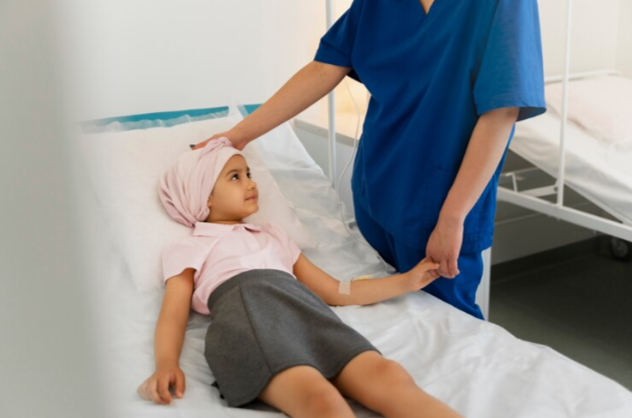
Make sure all potentially dangerous materials, sharp items, and choking hazards are firmly out of reach, and fasten furniture to walls to prevent tipping. As your baby’s skills develop, update your safety gates and locks. As their comprehension grows, introduce fundamental safety principles such as “hot” and “no touch.”
The secret is to be proactive. Prepare ahead of time and anticipate the next phase of development. If your child is beginning to stand on their own, think about the consequences of everything at their new height. For your developing child, the best method to reduce hazards and make sure your home is safe is to engage in this ongoing cycle of observation, adaptation, and teaching. By modifying your tactics, you may safeguard your child while also creating an atmosphere that allows them to explore and learn without risk.
The Value of Continual Safety Inspections
Standard Inspections: In order to create a safe atmosphere for everyone, especially infants and small children, routine house inspections are crucial. When kids investigate, little things that adults might miss might be very dangerous. First, check the crib in the nursery to make sure it is strong and free of damaged slats or loose screws. Verify that the mattress fits tightly and that there are no spaces for a little child to fall through. Examine the space for any little items that a youngster could choke on, and fasten bulky furniture to the wall to keep it from toppling over.
Make sure to examine the entire house. Seek out harsh edges on furniture that corner protectors can help soften. Use non-slip pads to secure rugs and avoid falls and slides. To guard against invisible threats, inspect smoke and carbon monoxide detectors frequently and change the batteries as needed. In particular, for upper stories, look for window guards and make sure the windows are securely locked.
These examinations ought to be routine occurrences. The risks will alter as your child gets older and their abilities change. Different concerns apply to a baby who is crawling versus a toddler who can climb. You may modify your house to meet your child’s evolving needs and provide a safer environment for them at every stage of development by incorporating routine safety inspections.
Seasonal Security: Recognize the extra hazards associated with certain seasons, such as pools in the summer or heaters in the winter, and modify your safety precautions accordingly.
Recognizing the Risks and Development of Babies
Developmental Checkpoints: Babies become more capable and curious as they get older. Recognize developmental stages such as crawling, standing, and walking so you may prepare for and reduce dangers in advance.
Personalized Safety Measures: Adjust your strategy according to your infant’s age and skill level. For example, make sure floor-level cupboards are locked or secured once they begin to crawl.
Playing Safely with Age-Reappropriate Toys: Select playthings that are not too little or have no parts that could snag a child’s neck. Examine toys on a regular basis for wear and tear.
Playtime should always be supervised, particularly when young children are using new toys or exploring unfamiliar surroundings.
Travel Safety Car Seats: Make sure the car seat is installed correctly and use the right one for your baby’s age and size. In a car, never leave your baby alone, even for a short period of time.
Select a robust stroller with a five-point harness for maximum safety. When the stroller is stationary, always lock it.
Being Ready for Emergencies
First Aid Kit: Always have a fully supplied first aid kit on hand, with supplies tailored especially for infants, such as a thermometer and infant pain medication.
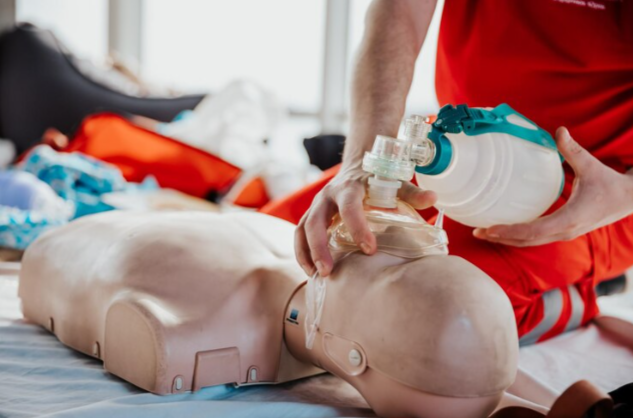
Prepare an emergency plan by putting one in place. Keep a list of emergency contacts close at hand and be aware of the fastest route to the closest hospital.
Community Resources and Assistance
Parenting Classes: First aid and baby safety classes are offered in many localities. These can be very helpful in acquiring practical skills.
Internet Resources: For up-to-date information on product recalls and baby safety recommendations, consult reliable online resources.
Establishing a Secure Environment
Positive Reinforcement: As infants develop into toddlers, start imparting fundamental safety knowledge to them in a kind and compassionate way.
Safe Exploration: Establish a secure environment where infants can ply their curiosity and explore without perpetual fear of harm.
Frequent check-ups with a physician will help ensure that your child is developing normally and identify any potential problems early on.
Vaccinations: Keep your child’s immunizations up-to-date to shield them from a variety of illnesses.
Conclusion
Preventing accidents in babies is a continuous effort that calls for alertness, learning, and flexibility. Parents and other caregivers may drastically lower the chance of accidents and make sure that newborns are raised in a secure and caring setting by being aware of the prevalent hazards, making their surroundings safe, and maintaining their knowledge. Recall that your attention to your baby’s safety and your devotion to it are the most significant tools in preventing accidents.
Establishing a secure, caring environment where infants can explore and develop is key to preventing accidents. It entails being proactive, knowledgeable, and watchful all the time. Parents and other caregivers can avert accidents and guarantee a safer trip through a child’s early years by being aware of the hazards, being ready for emergencies, and creating a safe atmosphere. Keep in mind that the objective is to provide a framework that allows babies to flourish and develop, not only to prevent accidents.
We hope you found this information helpful in your journey to create a safer environment for your family. At GuardWell Safety, we understand that every home is unique, and so are your child-proofing needs. That’s why we offer a Free Child-Proofing Consultation tailored to your specific requirements. Let our experts help you identify potential hazards and provide personalized solutions to make your home a secure haven for your little ones. Book your free consultation today and take the first step towards peace of mind.





